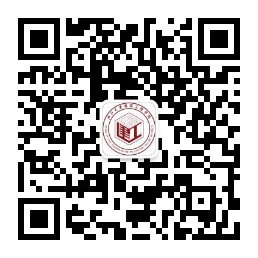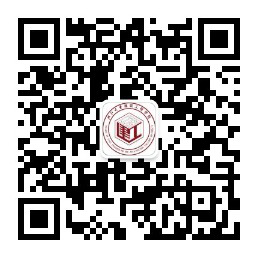CCEA GO GLOBAL International Vision Expansion Program has been launched in 2017, aiming to cultivate talents with international competitiveness. So far, there were five groups that had successfully completed their academic visiting missions. To cultivate talents with international horizon and foster the building up of the “Double-First Class”projects, the College of Civil Engineering and Architecture initiated the “Go Global International Vision Expansion Program”, which aimed to promote the multi-cultural communication between students, broaden the international horizon of students, and cultivate elites competitive in global stage. On February 19th 2019, one Go Global group started their visiting trip to Japan. The group consists of 23 students from different majors and in different grades, led by Prof. ZHAO Weijian, Associate Prof. WANG Jiyang, andAssociate Prof. XU Jie in college of Civil Engineering and Architecture. During the 8-day trip, the groupvisited Kyoto University, The University of Tokyo(UTokyo), Saitama University, and Taisei Corporation. All the members in the group learnt a lot from these top universities and the first-class corporation in the world.
Kyoto University
It was such a coincidence that both Kyoto University and Zhejiang University were set up in the year 1897. In its 120 years history, Kyoto University had cultivated 26 Nobel Prize Owners, which amazed us so much that we were eager to find out the magic of the academic system of it. Our visit to Kyoto University lasted 2 days. In the first day, we were so lucky to participate the Annual Seminar of theDPRI (Disaster Prevention Research Institute) in the Uji Campus of Kyoto University. The lectures in the seminar were the presentations of the progresses of different research groups during the year of 2018, covering fields of atmosphere-hydrosphere, seismic and volcanic hazards, geohazards, and integrated arts and sciences for disaster.After each lecture, students and professors raised questions and gave their opinions.The members in our team picked the topics that interested us most and entered different parallel sessions separately (Fig 1-2). The lectures gave us a general idea of the research progresses and engineering practices in Japan, which broadened our view and inspired us a lot on our own field of study. In the afternoon, our team went to Yoshida Campus, which is the main campus of Kyoto University. The historical buildings and beautiful environment in Yoshida Campus impressed a lot (Fig 3).
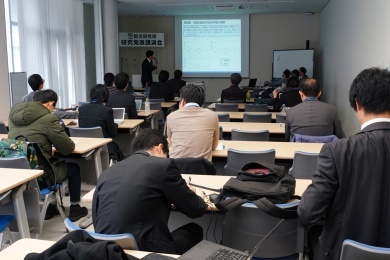
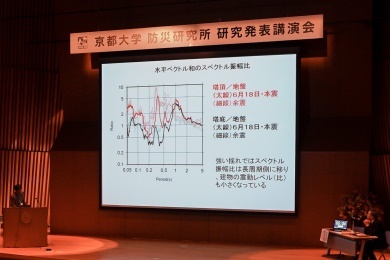
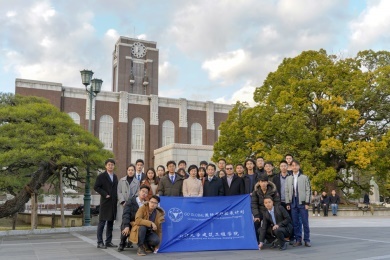
Fig 1.Session 1 Fig 2. Session 2 Fig 3. Yoshida Campus
In the second day, we went back to Uji Campus and was welcomed by Prof. Nakakawa, the director of the DPRI. In the welcoming speech (Fig 4), Prof. Nakakawa mentioned that he had been to Wenzhou in China and had been impressed by the tasty Shatang mandarin there. In the introduction, we were informed that unlike in China, study of structure belonged to the discipline of Architecture rather than Civil Engineering, which mainly focused on the study of infrastructures(bridges, tunnels, and roads) and mitigation of geohazards.
After that, the students of Prof. Kurata gave us a lecture about his study on the modification on the numerical modelling of the seismic response of the celling accessories based on the testing results from the shaking table (Fig 5). Then, led by Prof. Kurata, we visited the labs (Fig 6), which were equipped with shaking table, full-scale steel frame specimen, wind tunnel, centrifuge, and ring shear apparatus developed by themselves.
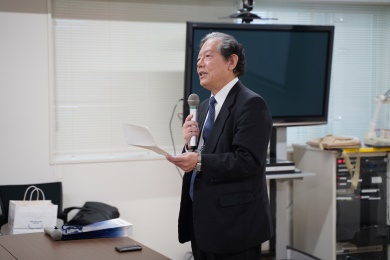
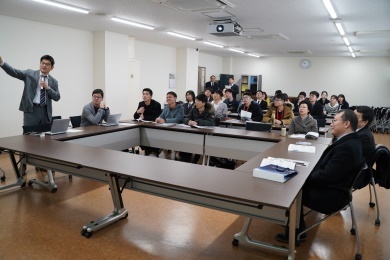
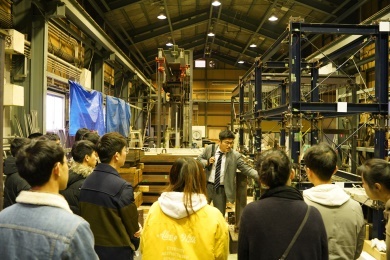
Fig 4. Welcoming speech Fig 5. Academic presentation Fig 6. Lab visiting
The University of Tokyo
The second place of our visit was UTokyo, which had cultivated 9 Nobel Prize Owners in its 140 history since the setting up in 1877. At 9 am, we arrived at the Building of Civil Engineering and Architecture. Prof. Takahashi welcomed us and introduced the latest progresses of their research. After brief introduction, Prof. ZHAO Weijian presented the gifts from Zhejiang University, which represented the friendship between two universities in two countries.
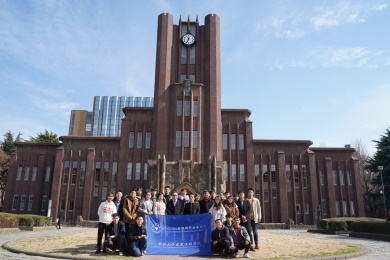
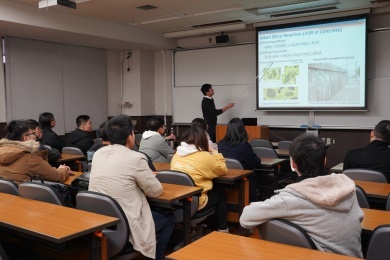
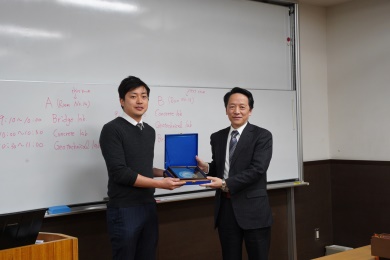
Fig 7. UTokyo Fig 8. Introduction Fig 9. Gift from ZJU
Under the leading of students and professors in UTokyo, we then visited their lab. In their bridge lab, they had a huge wind tunnel (Fig 10), allowing them to conduct studies on the aerodynamic characteristic of structures, the atmospheric behavior under the influence of the topography and buildings on the ground, the behavior of the floating offshore wind energy system. The wind generator which could generate steady and homogeneous wind was under the testing platform. The ground of the testing platform was detachable so that they could build different scaling models in the platform conveniently.
In the concrete lab (Fig 11), the PhD students introduced that they focused on simulation of the pore structure within soil material and cementitious materials, prediction of thermodynamics states, material transport of cementitious materials and soil material, and the diffusion problem. Their equipment included specimen and face finishing machine, high-speed heat furnace, supercritical carbon dioxide testing device, and freeze-thaw testing machine.
In the geotechnical engineering lab (Fig 12), Prof. Watanabe introduced his current study on the failure of gentle slopes on which we could hardly believe that failure would happen. He modelled the liquefaction of the slopes in 3D dimension on the shaking table and tried to improved his numerical modelling by comparing with the testing data. Besides that, they also showed us their triaxial apparatus and ring shear apparatus, which were all designed and built by themselves.
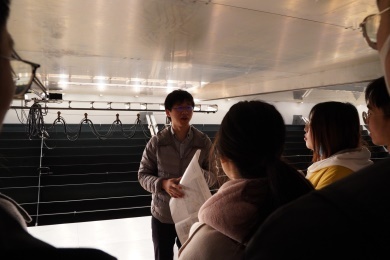
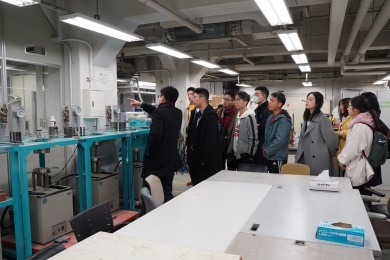
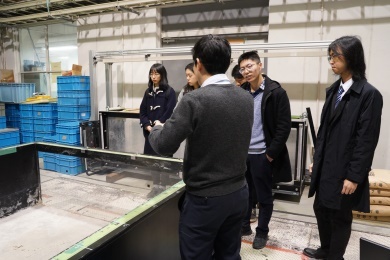
Fig 10. The wind tunnel Fig 11. The concrete lab Fig 12. The geotechnical lab
Saitama University
After the visit to UTokyo, we went to Saitama University (Fig 13), located in Saitama near Tokyo. Prof. Ji Dang led us to walk around the campus and introduced us the dampers on the bracings to mitigate seismic effect (Fig 14). After that, we visited their labs. The student from South Asia introduced us their shaking table to study the soil-structure interaction under seismic condition (Fig 15).
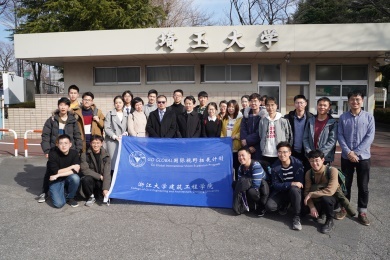
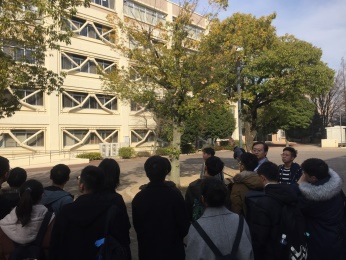
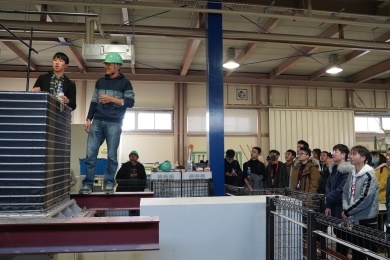
Fig 13. Saitama University Fig 14. Dampers and bracings Fig 15. Shaking table
Taisei Technology Center
The final stop of our visit is the technology center of Taisei Corporation, one of the five Japanese “super general contractors”. Mr. Maruya, the director of the technology center gave us a welcoming speech.
After watching the video introduction, we were divided into group to walk around different labs. First we visit the ZEB (Zero Energy Building), which could operate without external energy supplement. They realized the goal by using the solar energy and reducing the energy waste. They planned to promote such kind of buildings around Japan in 2030. Then, we came to hydraulic and structural labs. In the hydraulic lab, they had the huge tank in which they can model tsunami and storm surge. In theautomation lab, they were focusing on the development of robots that could replace human labors in the construction sites. Finally, we visited the “Neo-century Building”, in which study on fields of chemistry, biology, material, environment, and electronics were conducted. We were impressed by the width of their research and the far sight of the corporation.
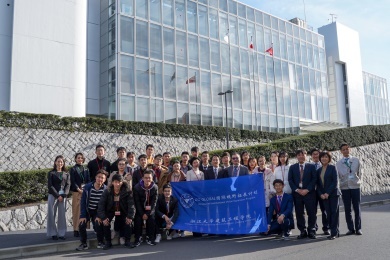
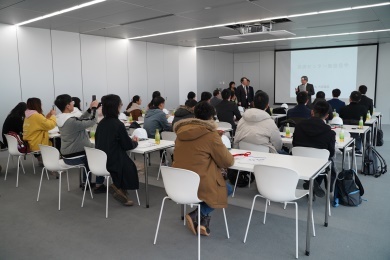
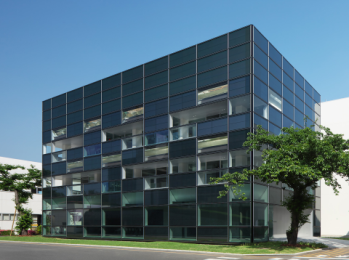
Fig 16. Taisei Technology Center Fig 17. Welcoming speechFig 18. The ZEB
On February 26th, we returned to Hangzhou and ended our visiting trip. The visiting trip has broadened our horizon, acknowledged us with the latest progresses, and motivated us to walk out and take parts in the process of globalization, which echoes to the name “Go Global”.

